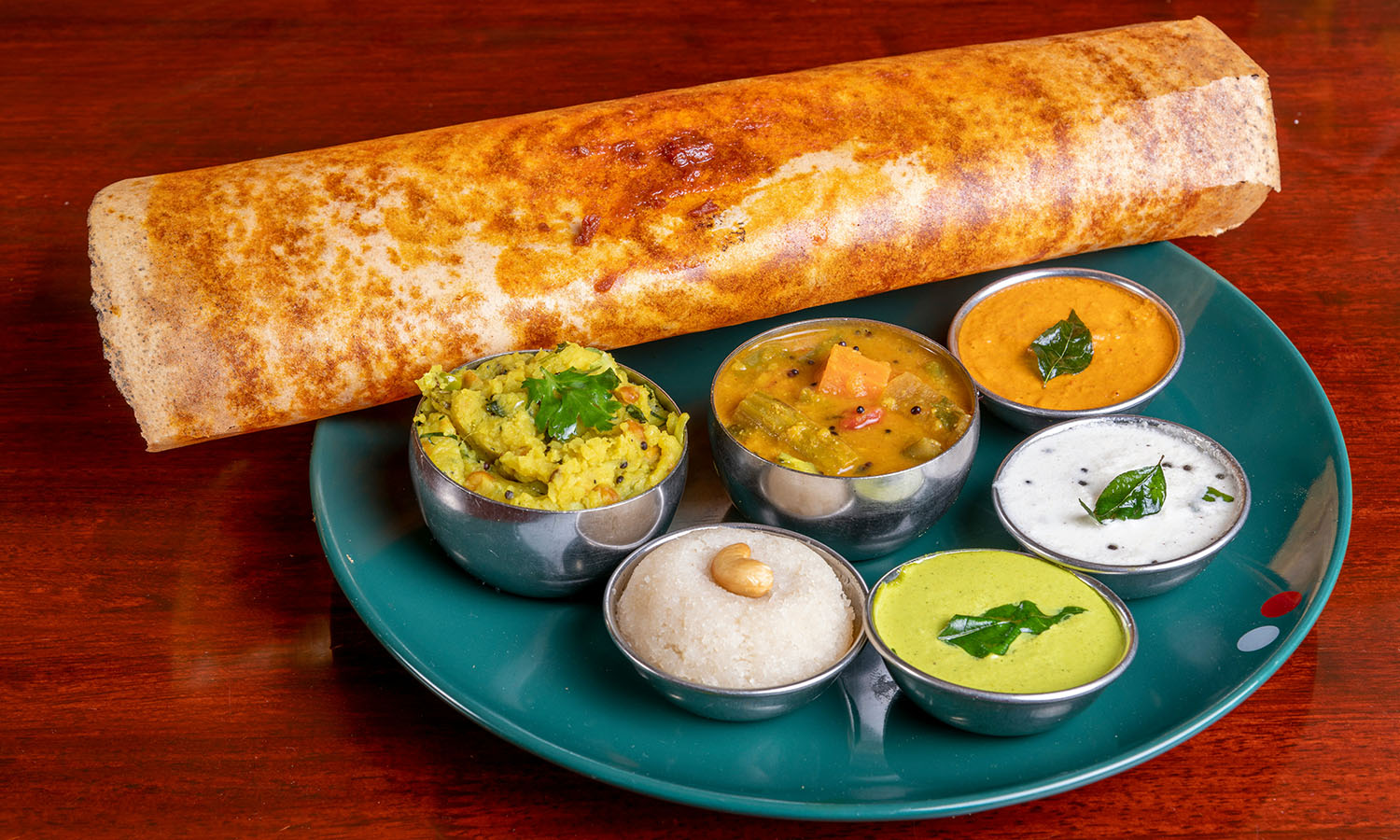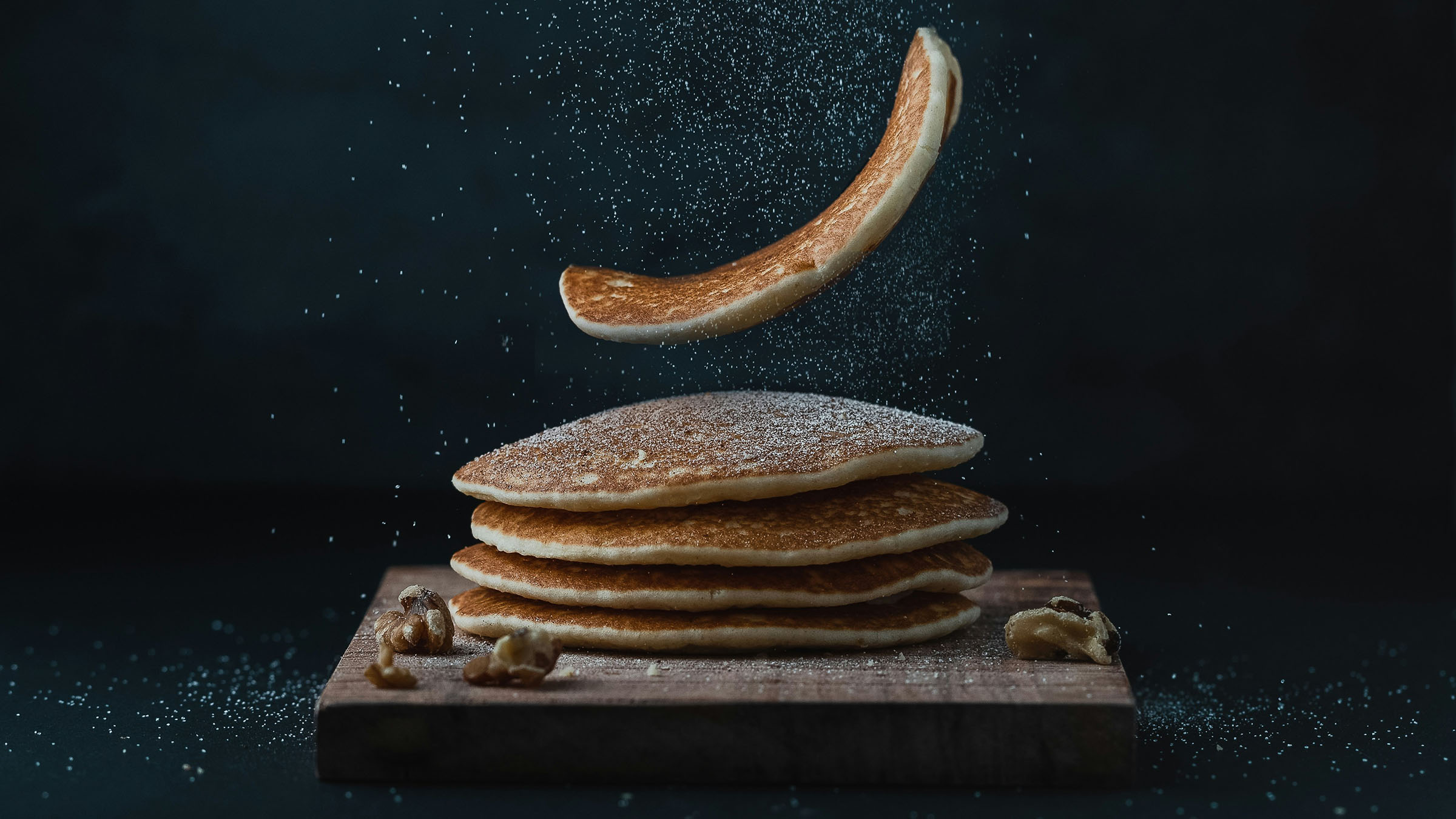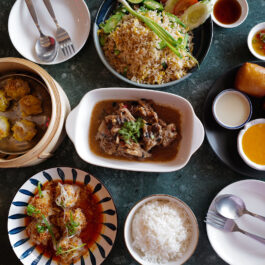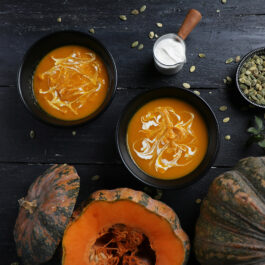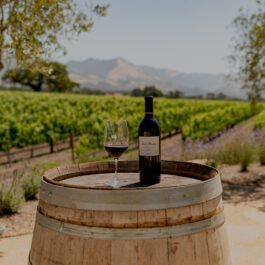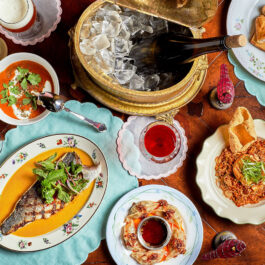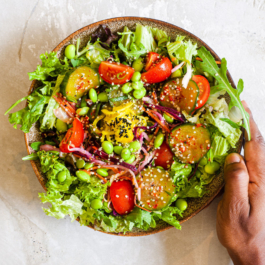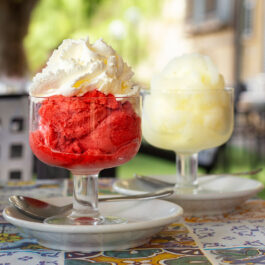When you think of pancakes, a short, fluffy stack topped with butter and dripping in syrup likely comes to mind. On the other hand, perhaps you picture Nutella-slathered crêpes folded into quarters, or maybe crispy scallion pancakes, or jelly-stuffed blintzes dunked in sour cream. One thing is certain: pancakes are a staple of world cuisine.
But where do flatbreads end and pancakes begin? It’s a question for the ages. Archaeologists claim to have found remnants of some sort of pancake (or flatbread) in the belly of the 5,000-year-old perfectly preserved Neolithic-era human known as “Ötzi the Iceman”, while flavoured flatcakes baked on hot stone slabs are also well documented in Greek and Roman poetry; similar evidence from the same period has been uncovered at archaeological sites in China. And lucky for those of us in the 21st century, we’ve got no shortage of contemporary inspiration when it comes to pancakes. So fire up your griddles and get hungry for these 10 different types of pancakes from all around the world.
The Classic American Pancake
Also known as the flapjack, griddlecake or hotcake, the basic pancake recipe starts with flour, eggs, milk (or buttermilk) and butter. It cooks on a hot, flat surface, like a frying pan or a griddle, and is flipped halfway through the cooking process. When it comes to variations, one can change up the flour (buckwheat, oat or corn), and add banana, chocolate chips or blueberries to the batter. Classic toppings include butter, maple syrup, fruit and whipped cream, for the most decadent among us.
The flapjack we know today has been known throughout history as the hoe cake, johnnycake, journey cake and buckwheat cake, among other monikers. The names alone reflect the pancake’s heritage: the United States is a cultural and culinary collage, comprising influences from South and Central America, as well as the Caribbean, Africa and hundreds of Native American tribes.
“Johnny cake” is a likely derivation of “journey cake”, a reference to the simple cornflour bread’s ability to travel long distances; American culinary researchers have documented cornflour-based pancakes as early as 1607. Dutch, Irish and English settlers brought their own simple, pan bread staples with them, too. The result is a nation of pancakes and fritters spanning from the Chesapeake Bay to the Bayou.
Do take note, however, that if you order flapjacks in the UK, you’ll be served an oat-based crispy cake that’s more like a granola bar.
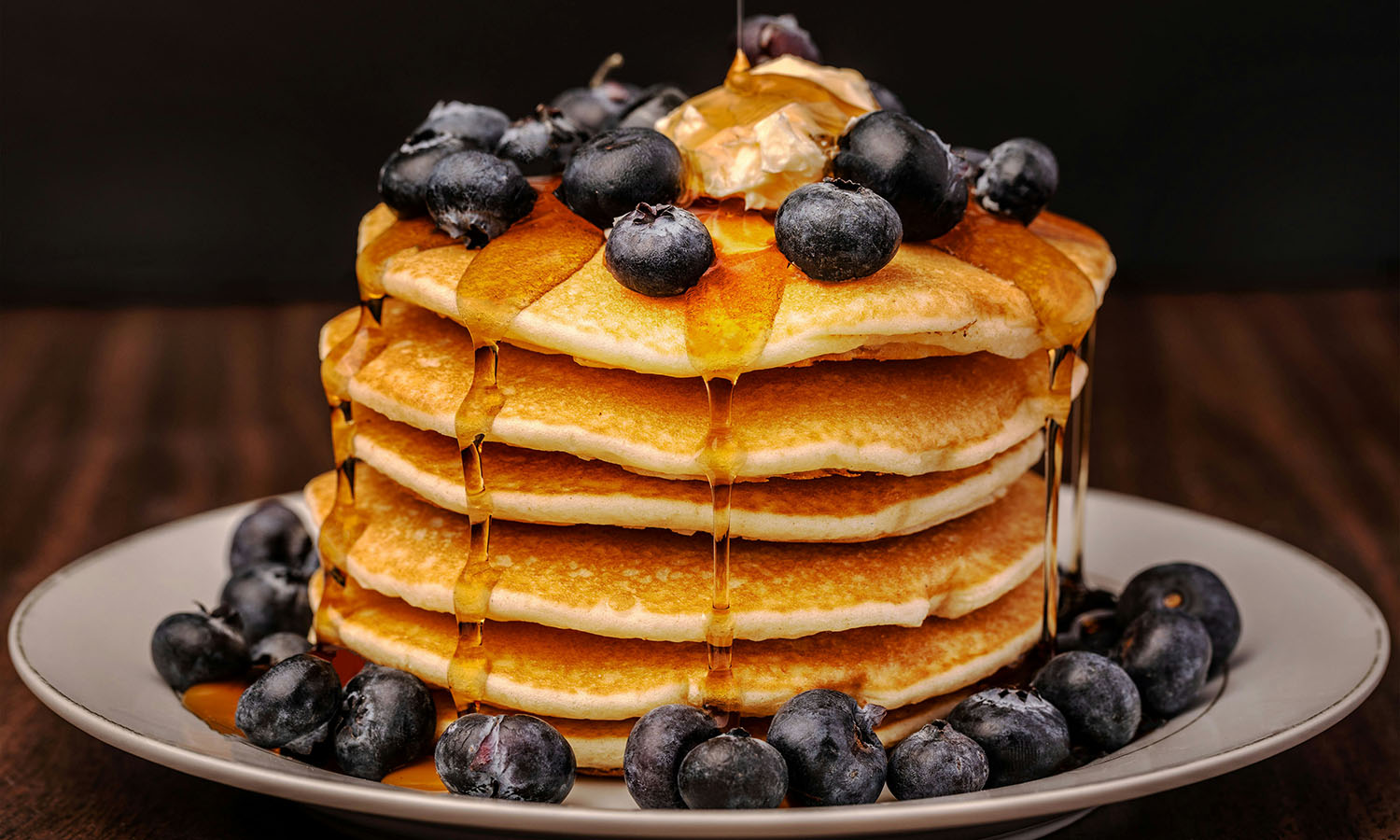
Injera
Rich and flavourful stews like chicken doro wat and greens-based gomen wat are at the heart of Ethiopian and Eritrean cuisines. Traditionally served without utensils, they are scooped up by hand using slivers of airy-light pancakes called injera. Made from an ancient (and gluten-free) grain called teff, which is native to Ethiopia, the batter is fermented before cooking on a griddle-like pan, resulting in a slightly sour flavour and a bubbly texture.
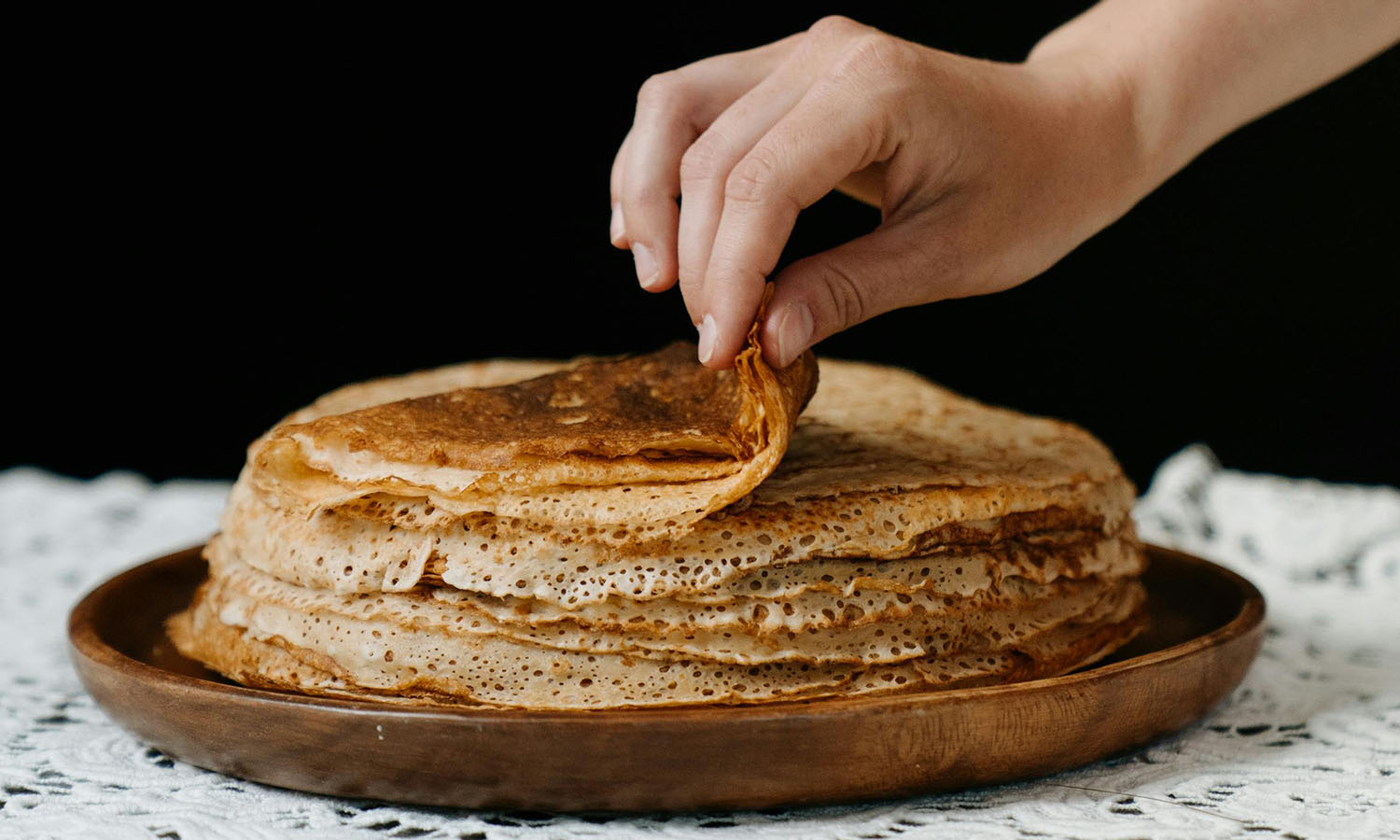
Chinese Scallion Pancakes
Pancakes feature throughout Chinese cuisine, for example, in a wafer-thin, tortilla-like version (chun bing) served alongside Peking Duck, or in Americanised Chinese cuisine as a vehicle for moo shu pork, wherein the pancake gets the burrito treatment, painted in sweet-and-salty hoisin sauce and stuffed with the stir-fry filling. But perhaps the best-known Chinese pancake is the scallion pancake, a crispy street-food staple. Known as cong you bing, it’s made from a dough stuffed with crispy green onions and stretched into long strips, then rolled up into a coil, pressed and fried.
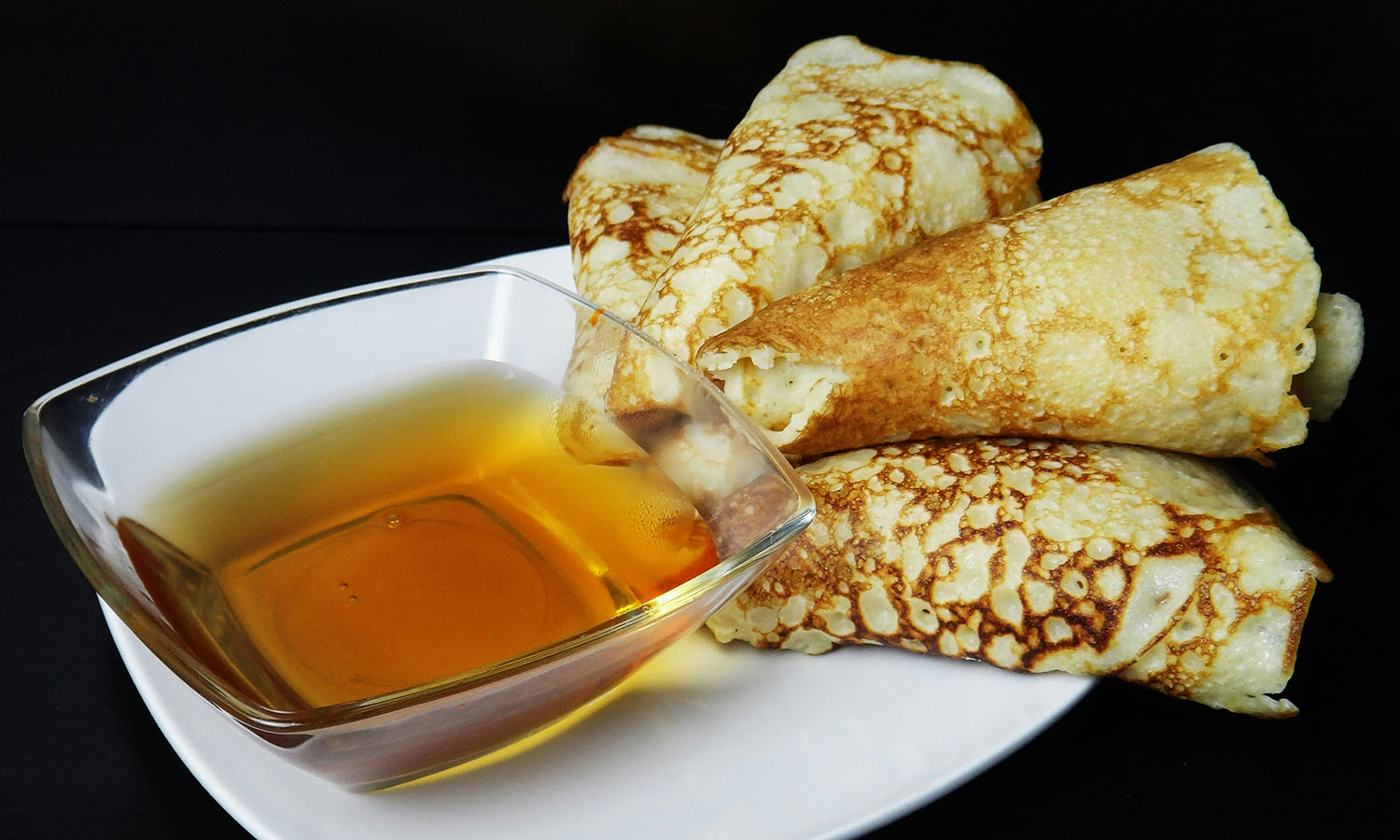
Kimchijeon
The Korean version of the scallion pancake, kimchijeon, includes signature tangy kimchi – and while the two may appear similar, the process is quite different. Whereas the Chinese pancake requires rolling out the dough, the kimchijeon is more like a fritter, with the kimchee- and scallion-packed batter pressed into a hot skillet and cooked until chewy and crisp at the edges.

Arepas
Another beloved street food, arepas hail from Colombia and Venezuela, but also appear in Bolivia and Panama. The dough starts with a special white cornflour made from pre-soaked kernels to naturally remove the husks (as opposed to masa harina, which is soaked in lime water to loosen the husks). The flour is then mixed with salt, water and oil to form a smooth, pliable dough.
The recipe has pre-Columbian roots throughout South and Central America and is traditionally served as a base for toppings – everything from cheese to meat, seafood and vegetables – or split in half and stuffed like a sandwich. Arepas are slightly sweet and have a satisfying, fluffy-chewy consistency. While they are typically made on a pan or griddle, arepas might just be the most versatile pancakes around, as they can easily be grilled, baked or steamed. Another version, called cachapas, are made from sweet yellow corn. Or head over to El Salvador and Honduras, where a similar pancake made with corn, rice or a blend of both goes by the name papusa.
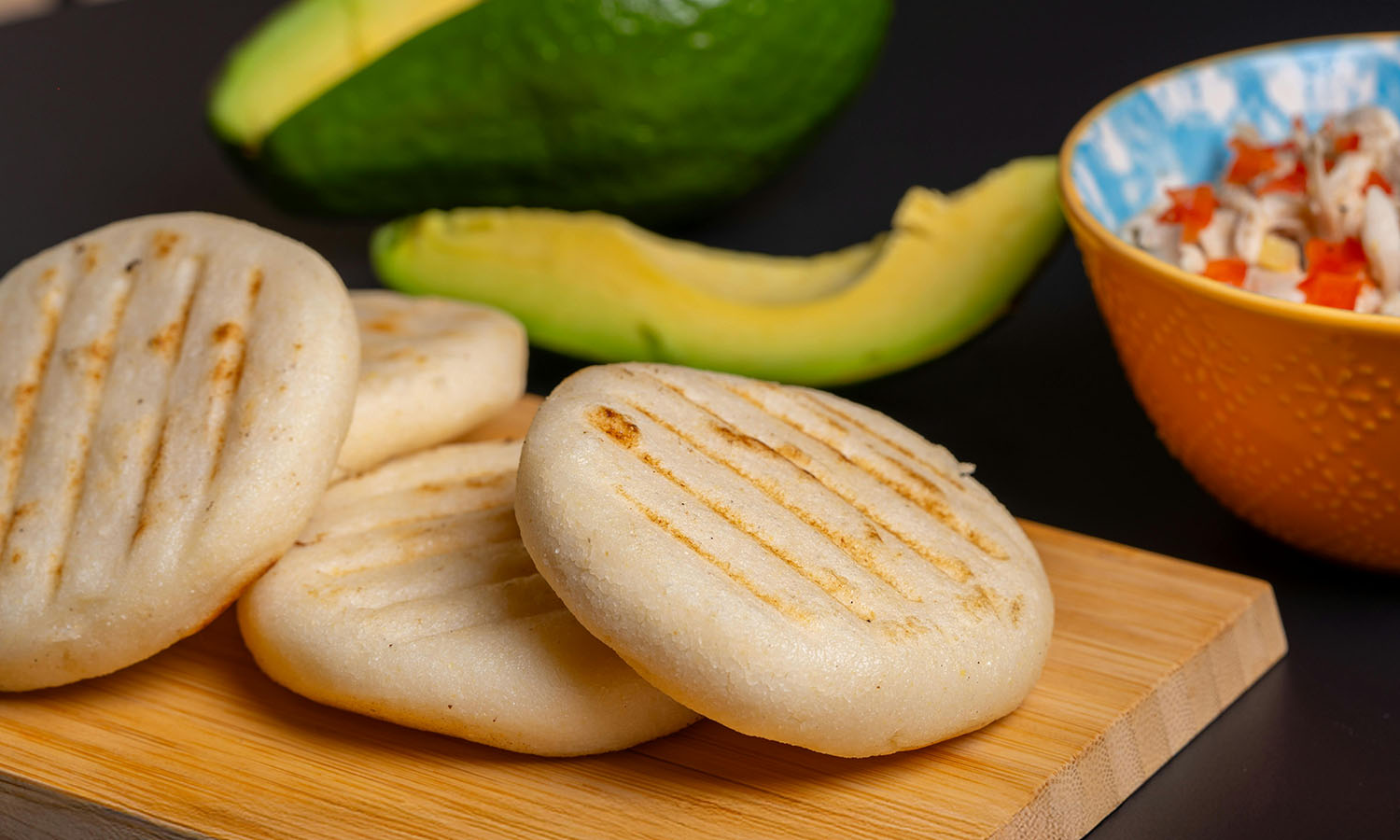
Crêpes and Crespelle
Slim, sleek and chic, the French crêpe is every bit as buttery and rich as its American cousin. The main difference is the consistency of the batter: flour, milk, eggs and copious amounts of butter come together in a watery mix that spreads fast on a hot non-stick pan or speciality cast-iron crêpe pan. Professionals use a T-shaped spatula to evenly spread the batter across the surface of the pan creating a smooth and even pancake that can easily be folded, stuffed or topped with savoury accoutrements like Nutella, powdered sugar, bananas, or ham and cheese.
The Italian version, crespelle, are almost always savoury, and come stuffed with meat, cheese or vegetables and topped with sauce and cheese.
Rumours swirl over the crêpe’s origins. Italians lay claim to many essentials of French cuisine, citing Catarina de’ Medici’s influence over the court of Henry II during the 16th century, and yet legend persists that a “happy accident” occurred in Brittney three centuries earlier, when a spoonful of buckwheat porridge splashed out of a cauldron and onto a hot stone surface, effectively forming a circular pancake.
When legends aren’t enough, the French point to the fact that buckwheat thrives in Brittany and is still the primary ingredient for savoury French crêpes.
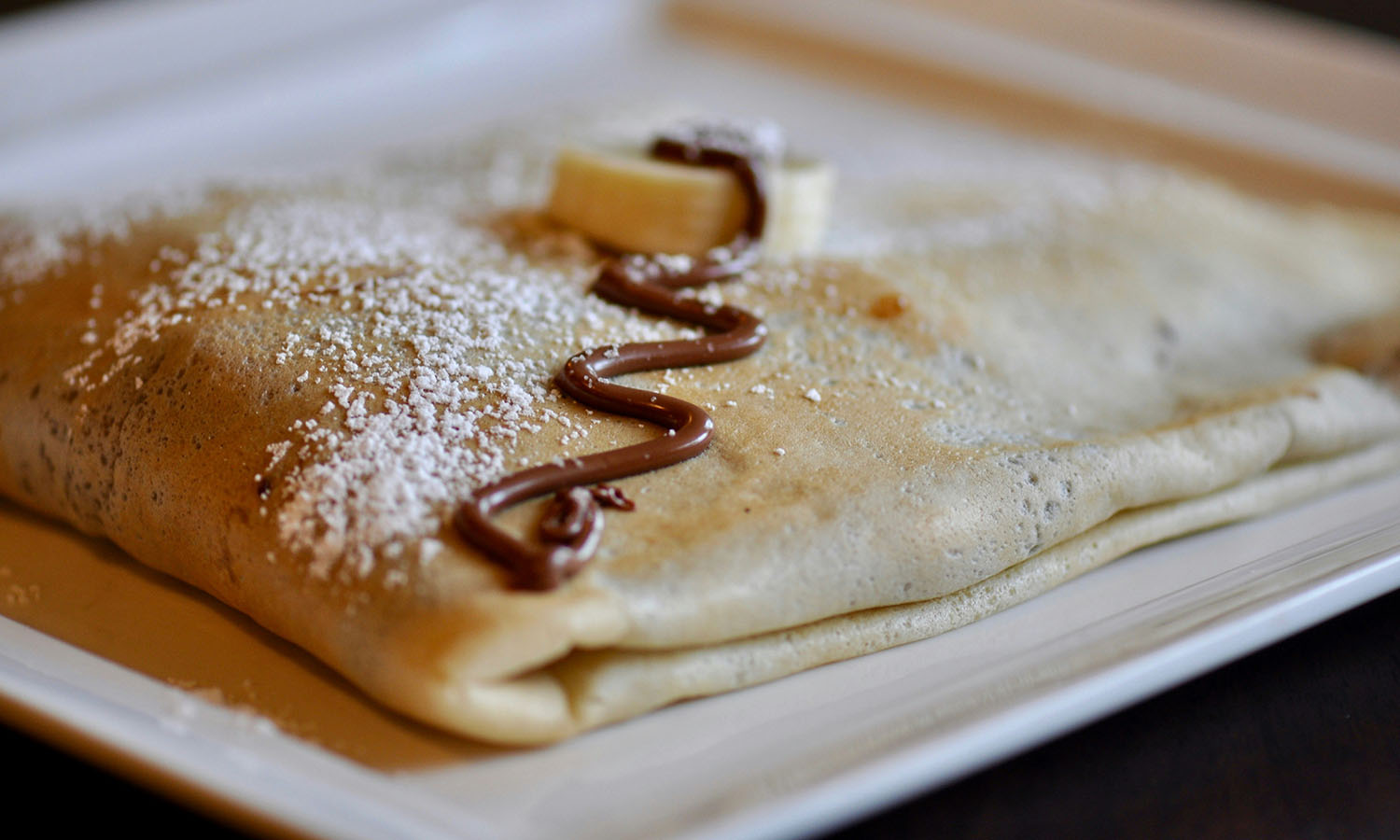
Blinis and Blintzes
Eastern European, Russian and Balkan cuisines include a plethora of pancake recipes. No caviar platter is complete with a smattering of blini medallions, made from buckwheat or white flour, yeast, eggs, butter and milk, and prepared in circles as small as a silver dollar or as large as a crêpe.
Blintzes (Blinchiki), on the other hand, are a little more substantial and have become a trademark of Ashkenazi Jewish cuisine. They’re meant to be stuffed with cheese or mushrooms, then folded, pan-fried or steamed, and topped with fruit or sour cream.
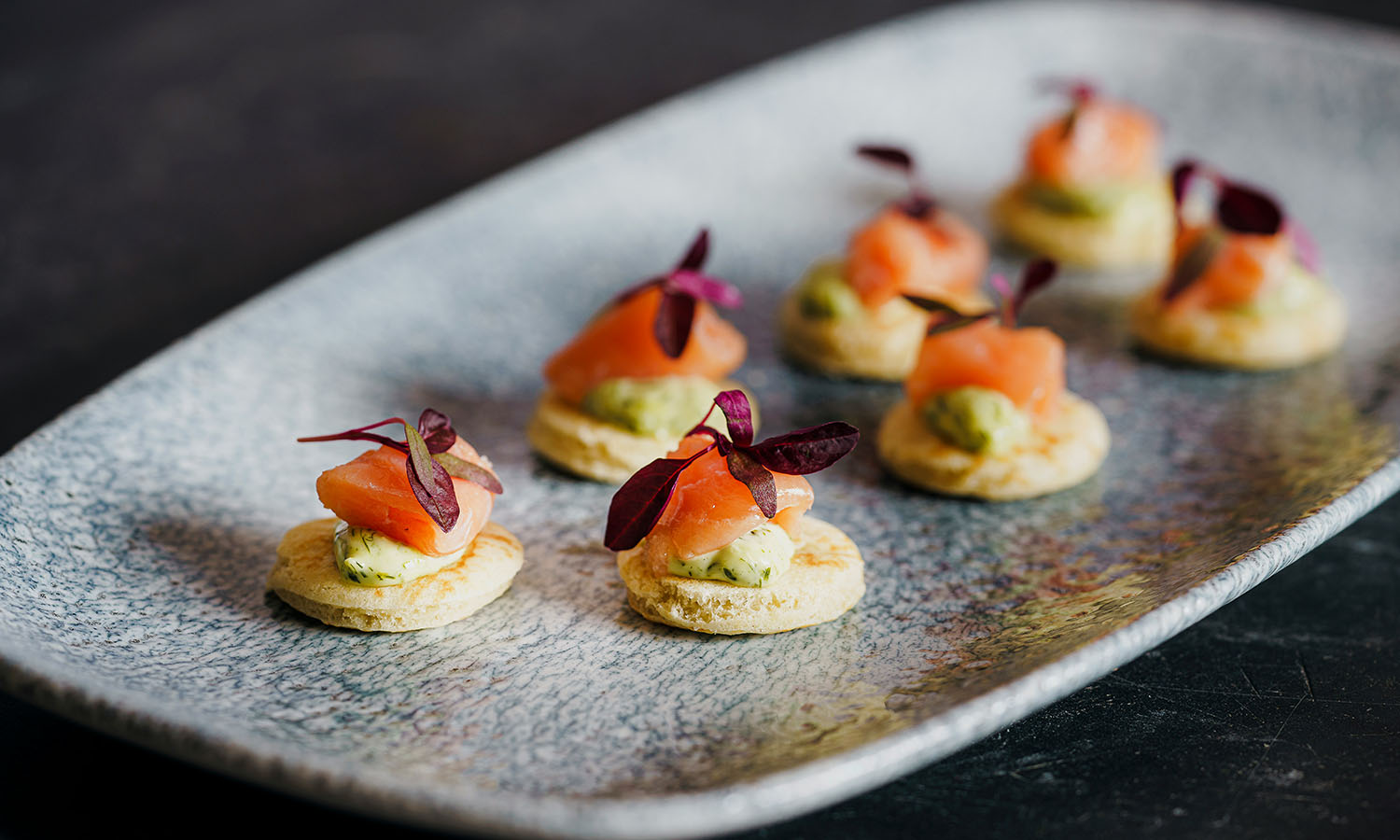
Dosas
The Indian dosa is a street food essential. Imagine the crispy edges and foldable dough of a blini or a crêpe, but made from an earthy fermented lentil batter. Variations include rice or semolina flour, while fillings and flavourings like curry leaves, cheeses and chutneys make for mouth-watering options.
